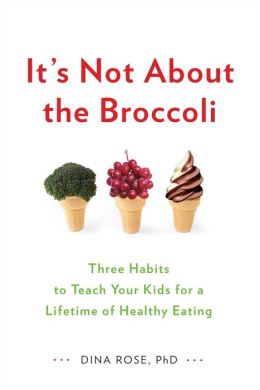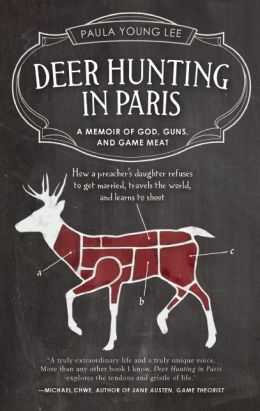Jason C. Anthony. Hoosh: Roast Penguin, Scurvy Day, and Other Stories of Antarctic Cuisine. University of Nebraska Press, 2012.

I’ve just been given a copy of this quirky book written by a guy who spent eight summers hanging out in Antarctica as support staff for the American scientific expeditions. It’s a treasure.
It never would have occurred to me to wonder what people in Antarctica are eating. Locally grown, sustainable food? Not a chance.
As author Jason Anthony puts it,
Is there really such a thing as a venerable Antarctic cuisine? In a word, no….What visitors to the Antarctic—and we are all visitors—sit down to are imported meals. There is no Antarctic terroir.
With that said, Anthony offers a food-focused history of the famously disastrous Antarctic expeditions as well as the modern-day “syrup of American comfort.”
Hoosh, he says, is a stew of pemmican and water which, in its current Antarctic version, is commercial beef and beef fat that arrives in tightly compacted blocks. Hoosh, you will want to know, is
a cognate of hooch, itself a corruption of the Tlingit hoochinoo, meaning both a Native American tribe on Admiralty Island, Alaska, and the European-style rotgut liquor that they made.
Yum.
The book is replete with photographs and recipes that you won’t want to miss, among them Savoury Seal Brains on Toast, Escallops of Penguin Breasts, and your choice of biscuits from Scott’s Terra Nova expedition or Amundsen’s Fram.
Hooch is an instant food-studies classic.
I’m not the only one to discover it. Here’s the review in this Sunday’s New York Times.






